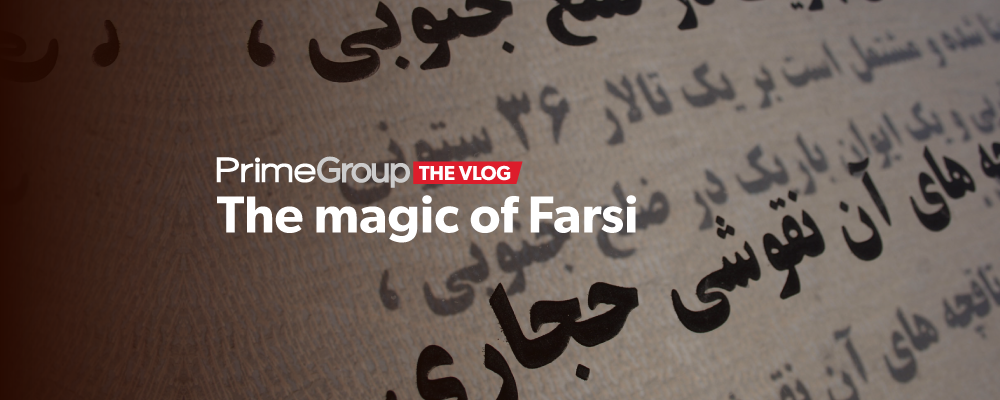Farsi, a language rich in history and culture. Let’s discover its origins, evolution, and impact on other languages around the world.
Farsi, also known as Persian, belongs to the Indo-European language family, specifically to the Iranian language group. Its roots date back more than 2,500 years, with written records dating back to the Achaemenid Empire (550–330 BC). During this period, Old Persian was used for royal inscriptions, such as the famous Behistun Inscriptions. These inscriptions, carved into rock, were written in cuneiform and are fundamental to our understanding of the Persian language and history.
During the Hellenistic period, which followed Alexander’s conquests, many territories of the former Persian Empire were under the rule of the Diadochi (Alexander’s generals) and their successors. During this period, the Greek language became the language of administration and culture in many parts of the empire, and numerous Greek cities were founded in Persian territory.
This influence was reflected in various aspects of Middle Persian (Pahlavi), the form of Farsi spoken during the Sassanid Empire. Many Greek words were adopted into Persian vocabulary, especially in the fields of science, medicine, administration, and technology. For example, terms such as “pylos” (gate) and “dikē” (justice) are found in Middle Persian.
Furthermore, Hellenization also affected Persian architecture, art, and religion. However, Greek influence was most evident in the initial period after Alexander’s conquest and diminished over time as local dynasties, such as the Parthians and later the Sassanids, reasserted their control and promoted Persian culture.
But let’s not digress, let’s continue with the history of this melodious language…
Let’s say that over time, Old Persian evolved into Middle Persian, spoken during the Sassanid Empire (224-651 AD), and finally into modern Farsi, which began to take shape in the 9th century.
Today, Farsi is the official language of Iran and one of the official languages of Afghanistan and Tajikistan, where it is known as Dari and Tajik, respectively. There are also speakers in Uzbekistan. With approximately 80 million native speakers and another 50 million who speak it as a second language, Farsi has a significant presence worldwide. In Iran, Farsi is the dominant language, used in education, media, and government administration. In Afghanistan, Dari is a variant of Farsi that shares many similarities, and in Tajikistan, Tajik is written in the Cyrillic alphabet due to Soviet influence. Furthermore, due to the Iranian diaspora, Farsi is spoken in communities in countries such as the United States, Canada, Germany, and the United Kingdom, among others.
Farsi has significantly influenced several neighboring languages and beyond. In South Asia, for example, it has left a profound mark on Urdu, the national language of Pakistan, and has contributed a large number of words to Hindi. In Europe, although the direct influence of Farsi is not as obvious, several loanwords have been incorporated into English and other European languages. Words such as “paradise,” derived from the Old Persian “pairidaeza,” and “checkmate,” from the Persian “shah mat,” are examples of this cultural exchange.
Persian literature is one of the richest and oldest in the world. Poets such as Rumi, Hafez, and Ferdowsi have left an enduring legacy with their masterpieces, which continue to be read and admired around the world. Ferdowsi’s Shahnameh, also known as the Book of Kings, is a national epic poem of Iran that narrates the country’s mythical and heroic history. These works not only enrich Persian culture but have also influenced global literature.
Farsi is taught in universities around the world, especially those with programs in Middle Eastern studies or Asian languages and cultures. In countries such as the United States, the United Kingdom, Germany, and France, a large number of academic institutions offer Farsi courses, reflecting a growing interest in the Persian language and culture. Demand for learning Farsi has increased, driven by academic, diplomatic, and economic interests.
Farsi is not just a language; it is a portal to a vibrant, ancient civilization. From its ancient origins to its modern influence, Farsi continues to connect millions of people through history, culture, and language.



